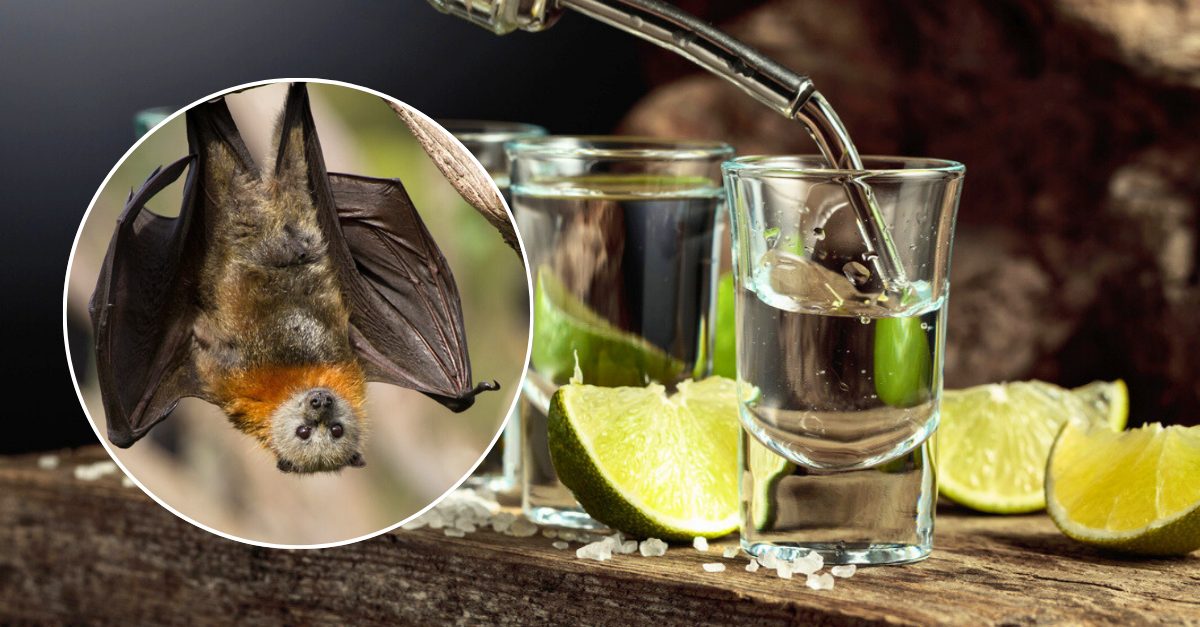Endangered Bats That Shape Tequila’s Flavorful Essence Are Endangered
Climate change might appear distant, yet emerging data suggests it could imperil your margaritas and the Mexican long-nosed bats, guardians of tequila. Read ahead to learn about the intertwined fate of these endangered bats and the cherished cocktail.
;)
The Mexican long-nosed bat is an important pollinator for the plant used to make tequila. The bat now faces extinction as temperatures continue to rise and habitats disappear, leading to food sources dwindling.
Without the bats, growing tequila's main ingredient could get much harder for farmers.
Weber Azul agave, the main ingredient in tequila, is a plant native to Mexico. It can thrive in the country's harsh, dry conditions and grows with almost no water.
However the bats that pollinate it are not quite as strong. And if the species disappears, your margarita might go with it.
"You wouldn't have tequila if you had no bats, because that's the only thing that pollinates the agave plant that makes tequila," Ron Magill, the communications director and a wildlife expert at Zoo Miami.

By law, tequila can only be made in one of five states in Mexico. What this means is that farmers can't grow Weber Azul in another region and still call their product "tequila." This further underscores the importance of the bats.
These bats are native to Mexico and the Southeastern US, and migrate between the two regions annually.
In the US, the bat is facing a lack of habitat, roost sites, and food, while in Mexico, warming temperatures threaten the species.
"Mexican long-nosed bats are important pollinators that feed on the nectar and protein-rich pollen of more than 50 species of plants in the southwest," Jade Florence, a biologist with the Fish and Wildlife Service, said in a press release.
To fight the threats facing the long-nosed bat, the Fish and Wildlife Service has released a draft plan and the government agency accepted public comment on it through early March.

The plan involves preserving, restoring, and managing the long-nosed bat's habitat, while also protecting and restoring food sources. It also calls for public education on the species.
Despite the plan, the path forward for both the Weber Azul agave and the Mexican long-nosed bat key to its survival is unclear. All while rapidly changing weather conditions continue to pose an increasing threat to both species.
;Resize,width=767;)
;Resize,width=712;)

;Resize,width=712;)
